Carnegie Hall
881 Seventh Avenue
New York, NY 10019-3210
Opened: 1891
Architect: William Burnett Tuthill
Carnegie Hall was built by robber baron Andrew Carnegie (1835-1919), a steel magnate who supported numerous philanthropic causes. The hall was named after Carnegie two years after its opening and remained in the family until it was sold to a developer in 1925. Carnegie Hall was the home of the New York Philharmonic prior to the orchestra's move to Lincoln Center in 1962. Faced with increasing financial pressures and the impending loss of the Philharmonic, the building was sold to a group of developers in the late 1950s that planned to demolish Carnegie Hall and erect a garish 44-story office tower in its place. But after efforts by the artistic community, special state legislation permitted the city to purchase the hall on May 16, 1960, for operation by a new nonprofit organization.
Carnegie Hall is built entirely of masonry (no steel frame), although some steel framework was added to accomodate studio spaces that were appended to the building a few years after the hall's opening. The exterior is fashioned of narrow ochre Roman bricks with terra cotta and brownstone details. The curviliear design of the main concert hall places the stage at the focal point of five levels of seating, yielding acoustics that have been praised by audiences and performers for generations. The main concert hall seats 2,804 and hosted almost every significant musical figure of the 20th century. The facility also includes a pair of smaller performing spaces: A 599-seat hall in the basement and a 268-seat recital hall.
The building underwent a number of renovations in the late 20th and early 21st century. In 1987, the two large halls were renovated and the recital hall and rehearsal space were added. A narrow 60-floor office tower was added in 1989. A group of smaller rooms were added in 1991. In 1995, a large concrete slab under the stage that was added in 1986 was removed after its effect on the house acoustics was discovered. The basement space that had been converted to a movie theatre in 1959 was restored for live performance in 2003.
I saw Tony Bennett there in 1997 and (as pictured below) a performance by Brian Wilson of his long-form (and long-delayed) work Smile in 2004.
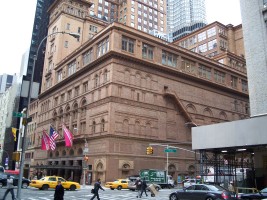
Carnegie Hall
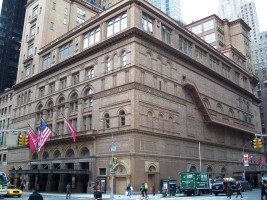
Carnegie Hall
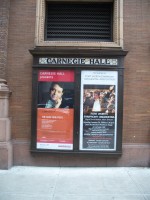
Carnegie Hall
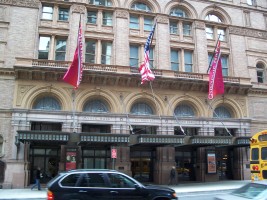
Carnegie Hall
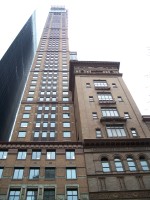
Carnegie Hall
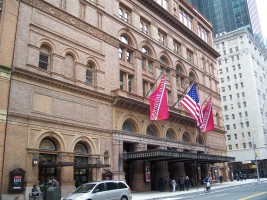
Carnegie Hall
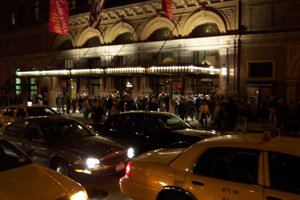
Carnegie Hall by night
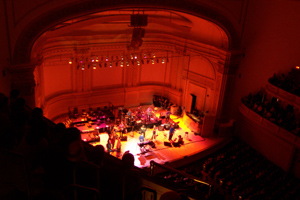
Brian Wilson
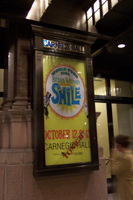
Brian Wilson Smile at Carnegie Hall
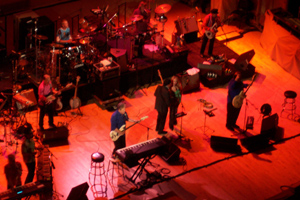
Brian Wilson